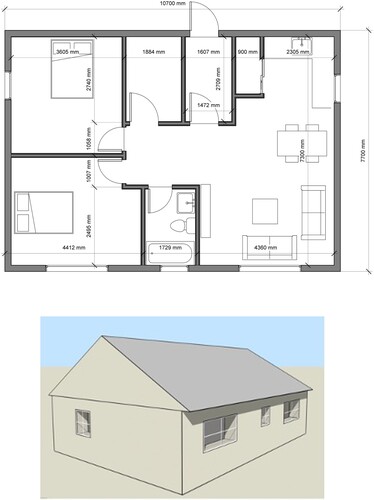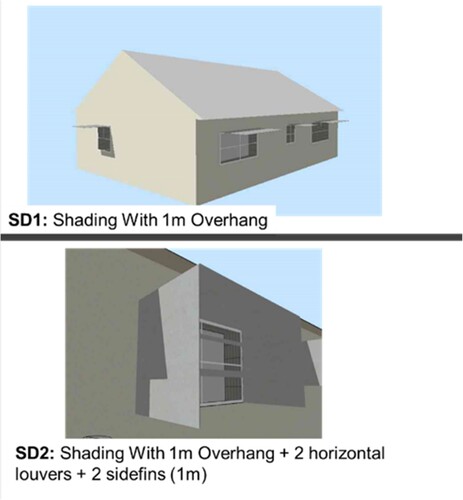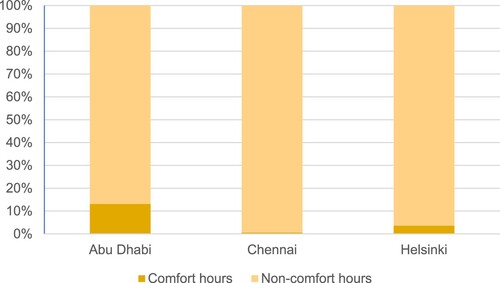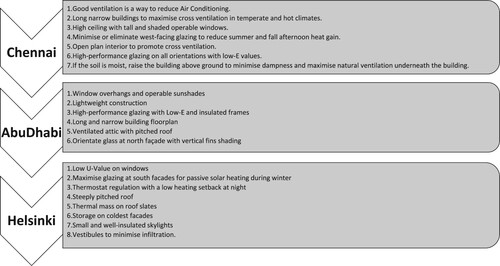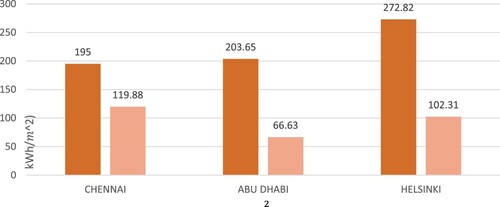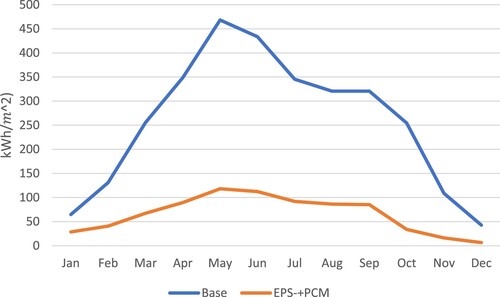Figures & data
Table 1. Extreme climate envelope (Domingos and Rato Citation2019).
Figure 1. Cold (Dfb), Tropical (Aw, As) and Arid (BWh) climates (1980–2016). Present and future Köppen-Geiger climate classification maps at 1-km resolution (Beck et al. Citation2020).
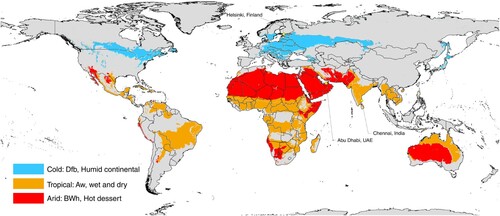
Table 2. Cities Climate condition.
Table 3. Basic model envelope’s U-Value.
Table 4. Cities site parameters (EnergyPlus and World Meteorological Organization Citation2022).
Table 5. Strategies and coding.
Figure 7. Effectiveness of operable energy decrease per strategies in different climates based on ().
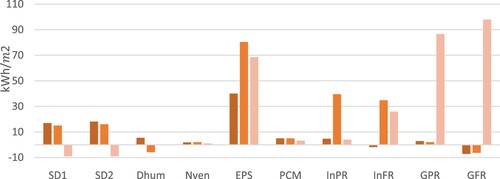
Table 6. Energy per total building area improvement from base model (kWh/).
Table 7. Design Strategies’ Effectiveness in Chennai.
Table 8. Abu Dhabi’s design strategies’ effectiveness.
Table 9. Comparison between base fabrics wall and EPS + PCM wall (kWh).
Figure 10. Daylight comparison in three cities, from top to bottom: Chennai, Abu Dhabi and Helsinki.
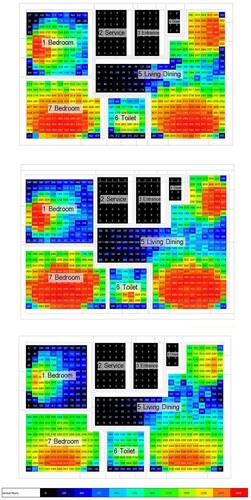
Table 10. Helsinki’s design strategies.
Table 11. Helsinki´s Comparison between base roof and GFR (kWh).
Data availability statement
The data that support the findings of this study are available from the corresponding author upon reasonable request.

